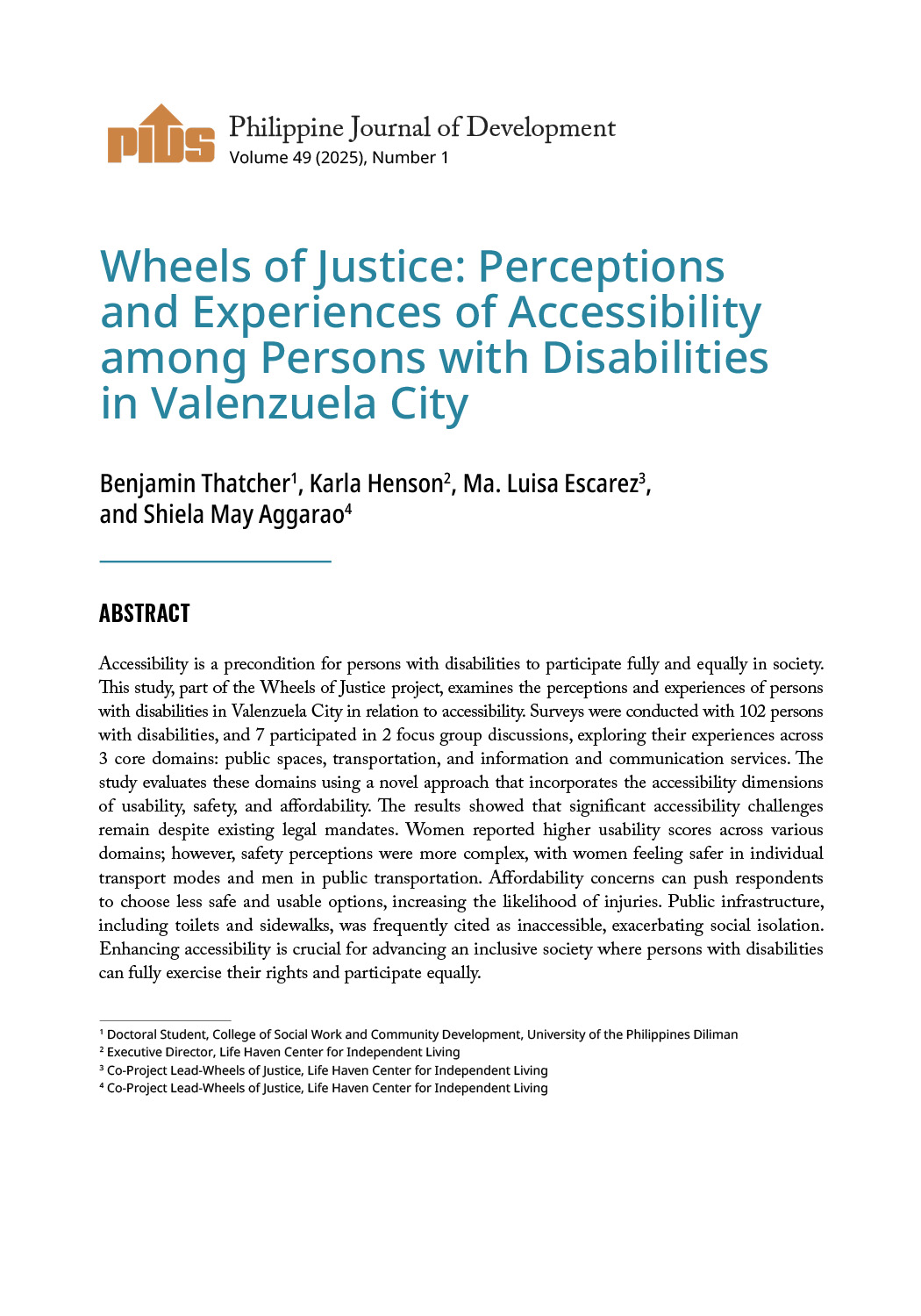Wider access to financial institutions and improved financial literacy in the rural areas are major factors to boost the country’s financial inclusion, according to the state think-tank.
Based on a study by the Philippine Institute for Development Studies (PIDS), financial institutions such as banks and insurance companies should increase their presence in provincial areas.
“The research showed that more educated individuals living in urban areas, wherein most financial institutions like banks are situated, are more likely to have savings and insurance than their less educated counterparts in the rural areas,” PIDS said.
Financial inclusion, as defined by the World Bank, is a situation where people and businesses have access to useful and affordable financial products and services that meet their needs, while financial products and services are payments, savings, credit, and insurance.
PIDS president Gilberto Llanto and PIDS research associate Maureen Ane Rosellon, authors of the study, emphasized that access to finance allows the poor to accumulate assets like savings and insurance to protect them from potential risks and shocks, and to invest in income-generating activities.
At present, access to financial products and services in the country remains a huge challenge, according to the Bangko Sentral ng Pilipinas (BSP).
Based on data from the BSP, about 43 percent of Filipino adults have bank savings while 72 percent of those who borrow, transact with informal financial institutions. Also, only about 30 percent of small and medium enterprises have formal lines of credit and/or bank loans.
The PIDS study identified the remote location of individuals living in rural areas as one of the main factors that limits people’s access to formal financial institutions.
“For example, data on bank network vis-à-vis population on a regional level indicate a great difference between urban areas like the National Capital Region (NCR) and highly rural regions like the Autonomous Region of Muslim Mindanao (ARMM),” the authors said.
Citing statistics from BSP, they noted that the number of banks per 10,000 adults in NCR is estimated at 3.6 in 2010 and 2015 compared to only one bank per 100,000 adults in ARMM for the same period.
“Due to the absence of banks, people would usually just keep their money at home or join informal group savings in the community, such as rotating savings and credit associations locally called “paluwagan,” the authors said.
In addition, data from BSP show that about 70 percent of adults find pawnshops as the nearest and easiest to reach among financial products and service providers. Similarly, nonstock savings and loan associations, payment centers, and remittance agents take the shortest time to reach at 17 to 18 minutes. The cost of a round-trip travel to these establishments is also the lowest, at P31 to P37.
Moreover, Llanto and Rosellon said the first step to encourage people to access banks and other formal financial institutions is to improve people’s education.
“A higher level of education increases the likeliin hood of saving and borrowing from a formal financial institution. Educational attainment can be an indicator of the knowledge and level of understanding of credit options and opportunities, and confidence to apply for a loan,” said.












